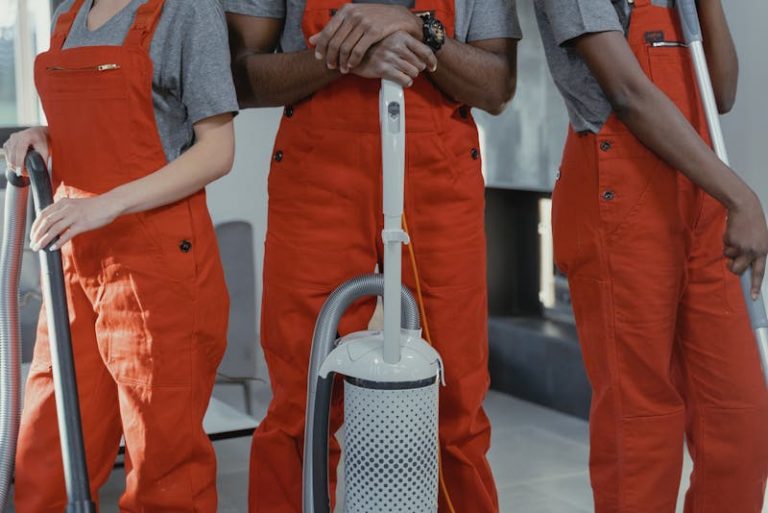

For industries like construction, shipyards, long shoring and for industrial workplaces in general, safety and protection of workers are the highest concern. Equipment like rigging supplies, lifting products and fall protection make their operations possible in a safe and efficient manner. Products like wire rope, wire mesh slings, lifting slings, hoists, clamps, blocks and sheaves get the job done correctly, safely and on schedule. In this business, safety and quality are synonymous.
Fall protection means a safer workplace
The Occupational Safety and Health Administration (OSHA) has defined a three step process to prevent accidents and to improve safety in industrial workplaces. The three steps are: plan, provide and train. Safety training and fall protection certification are among the skills needed in the industrial workplace.
For workers in construction whose jobs put them at a height of six feet or more above the floor, employers are required to provide fall protection equipment as well as the necessary equipment to do their jobs safely. This equipment can include ladders, scaffolds, and safety gear, which are regularly tested for safety, and operated according to guidelines.
Under OSHA regulations, fall protection is required for workers operating at heights of four feet in general industry workplaces. For shipyards the height is five feet, in construction it is six feet, and eight feet in longshoring operations.
Types of fall protection
Safety nets and lifting slings are part of fall safety equipment and should be tested regularly. Safety nets offer general fall arrest protection. Lifelines are used for personal fall arrest. Safety nets offer a second line of defense to reduce fall exposure when workers are operating on temporary floors without scaffolds and the height from the floor is more than 25 feet.
Regular testing of safety equipment
For fall arrest testing, the test weight should be 300 pounds (plus or minus 5 pounds), according to OSHA regulations. To ensure their safety, lifting slings should be inspected regularly. For normal use, yearly inspections are recommended. When the equipment undergoes severe service use, it should be tested monthly or quarterly.
Safety equipment makes a difference
Attention to safety can reduce the risk of accidents. With OSHA regulations and safety equipment and practices in place, safety in industrial workplaces had improved over the years. Workplace injuries and illnesses have been reduced over a thirty-year period, from 10.9 incidents per 100 workers in 1972 to 3.4 per 100 in 2011. Safety and fall protection equipment like safety nets and lifting slings can make all the difference.
Using the right equipment and testing it regularly can go a long way towards ensuring industrial safety. The third step in workplace safety is training. Workplace safety training is an ongoing process, and should be renewed and updated regularly.






